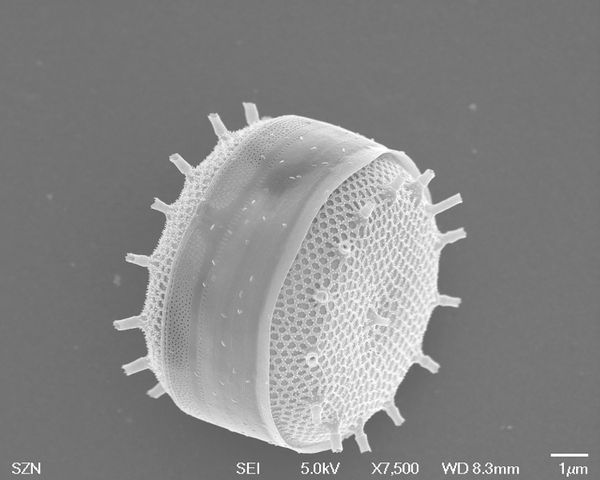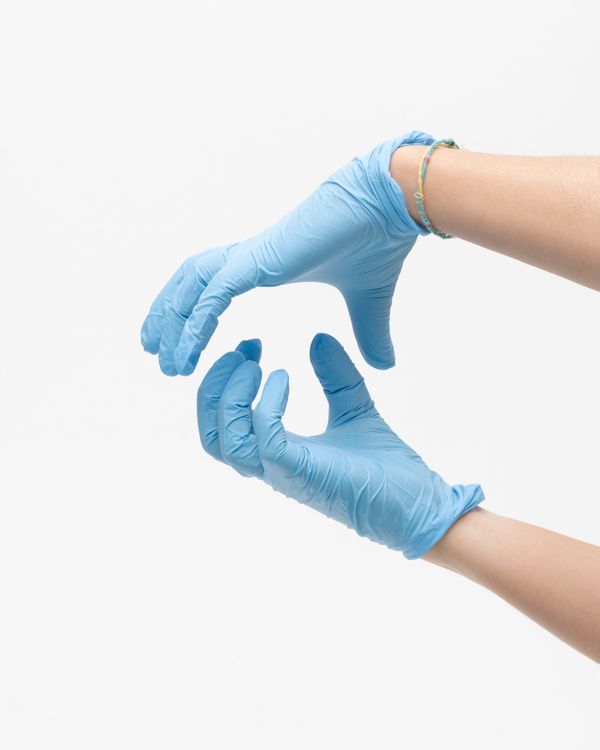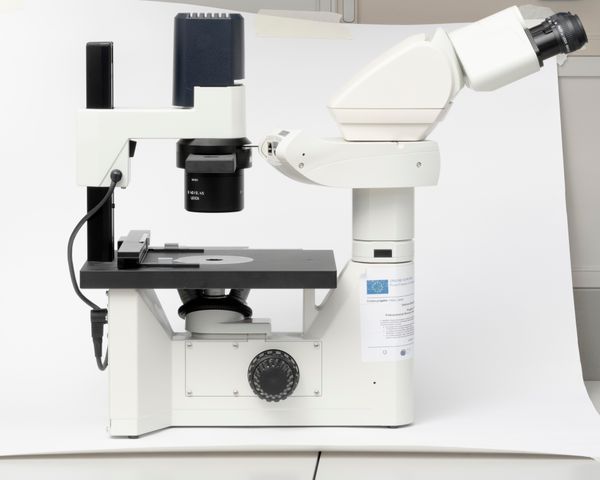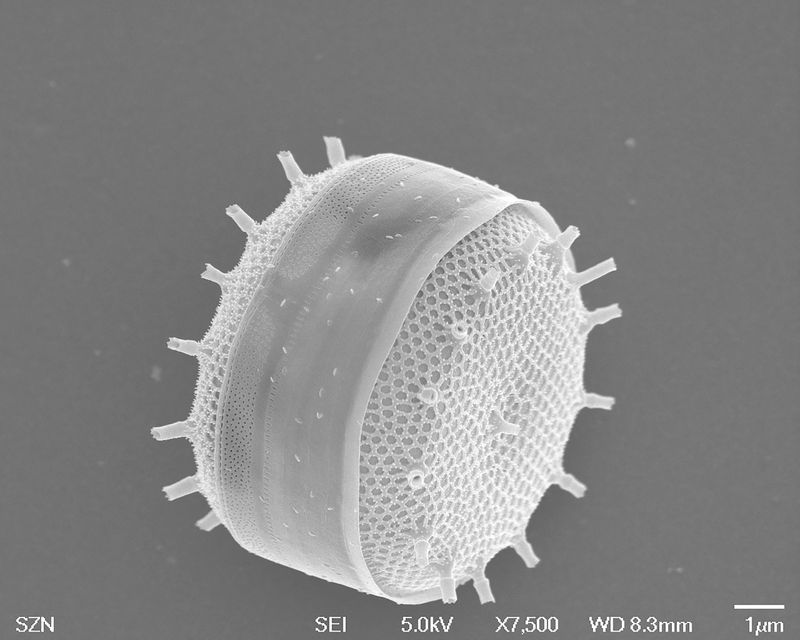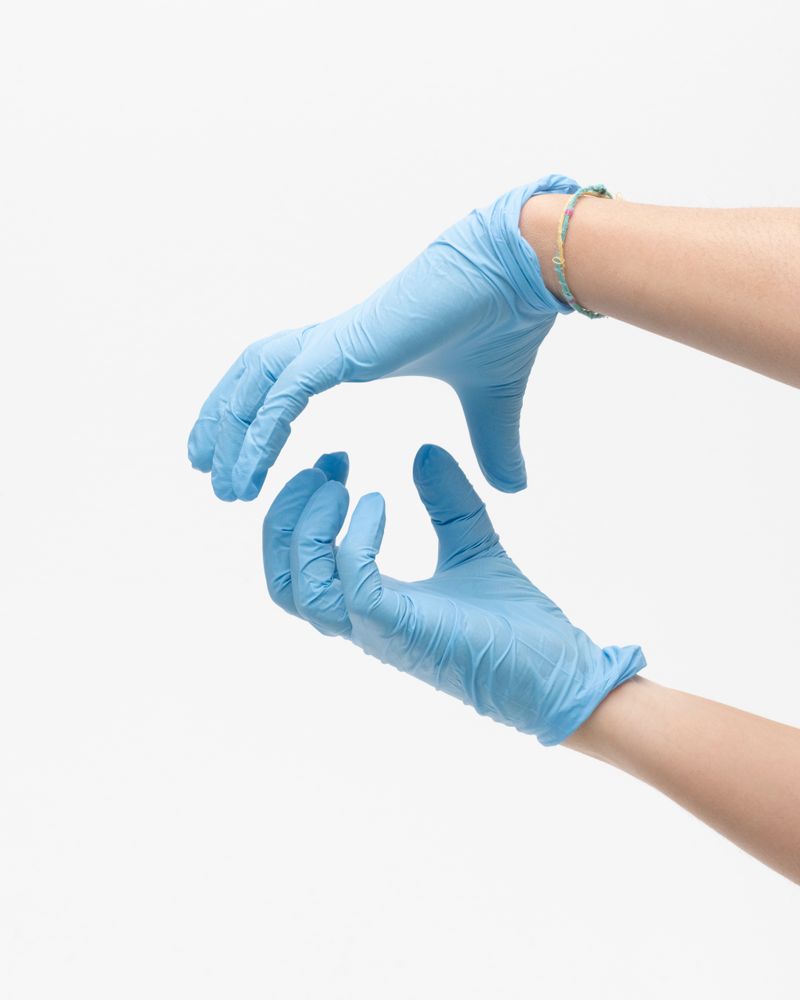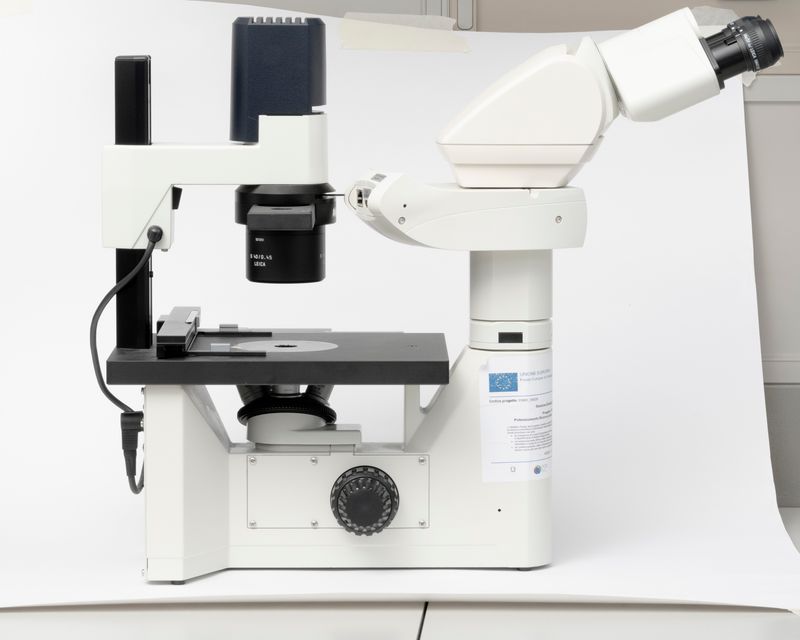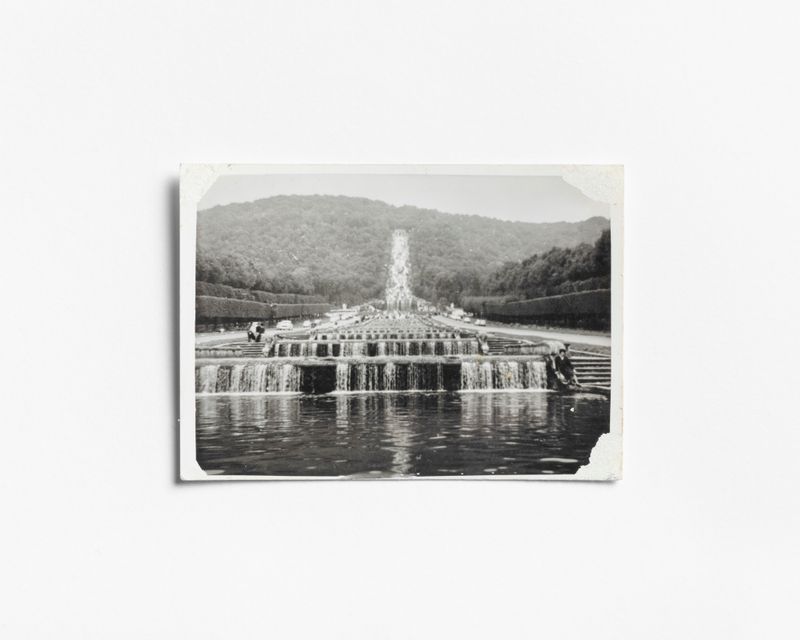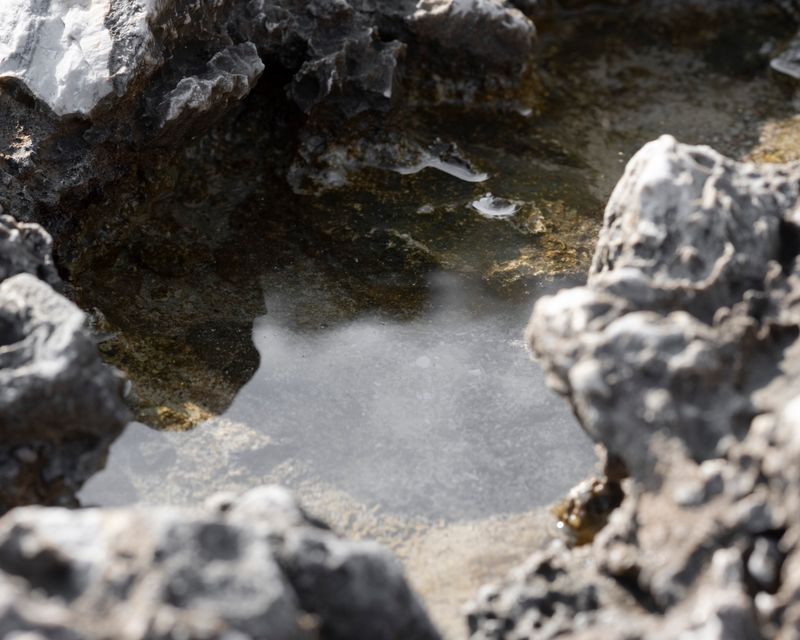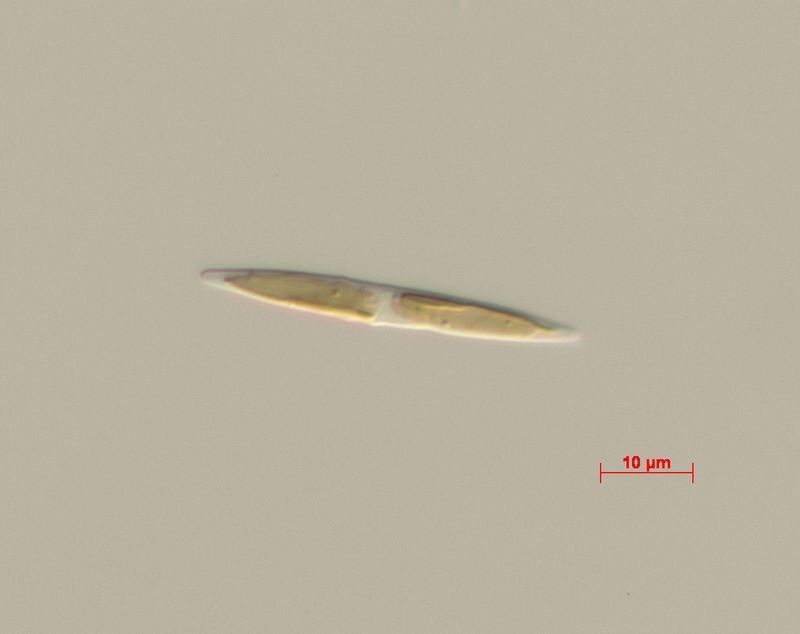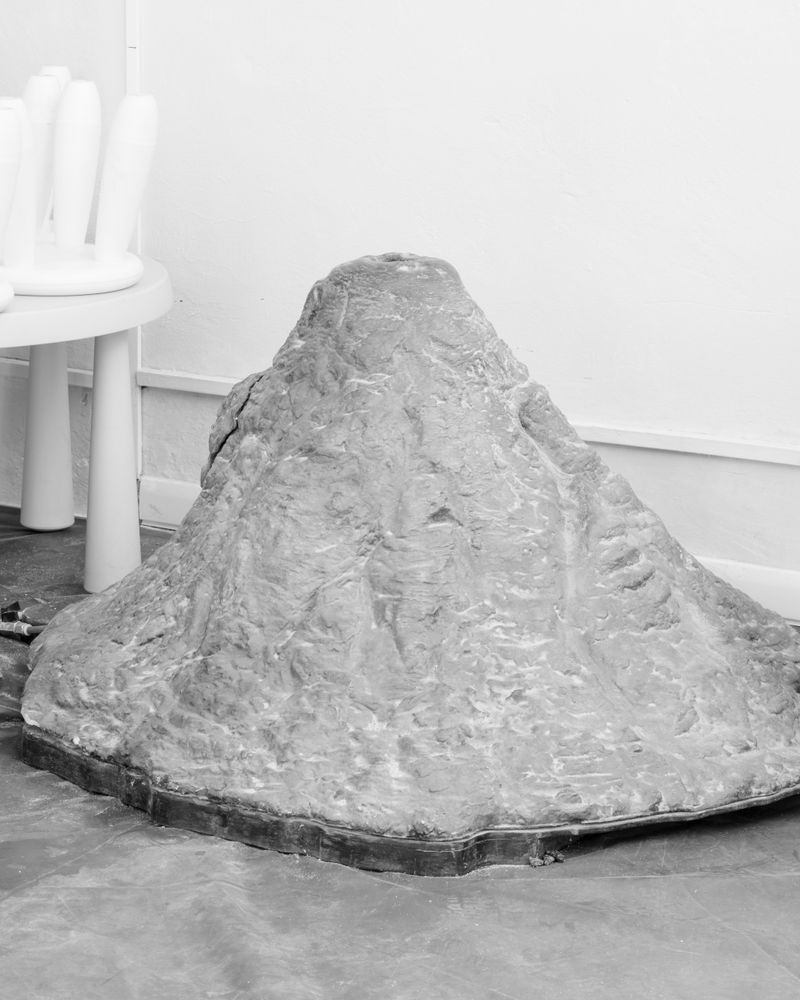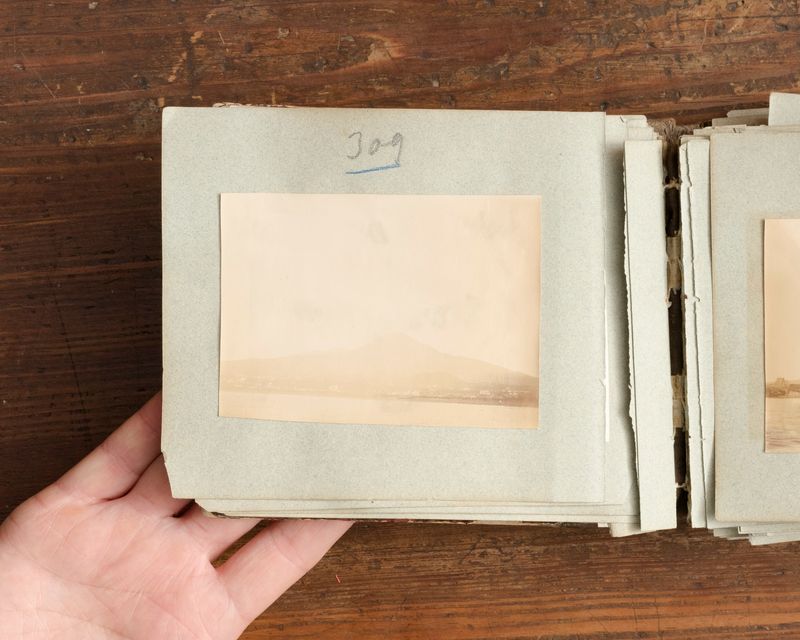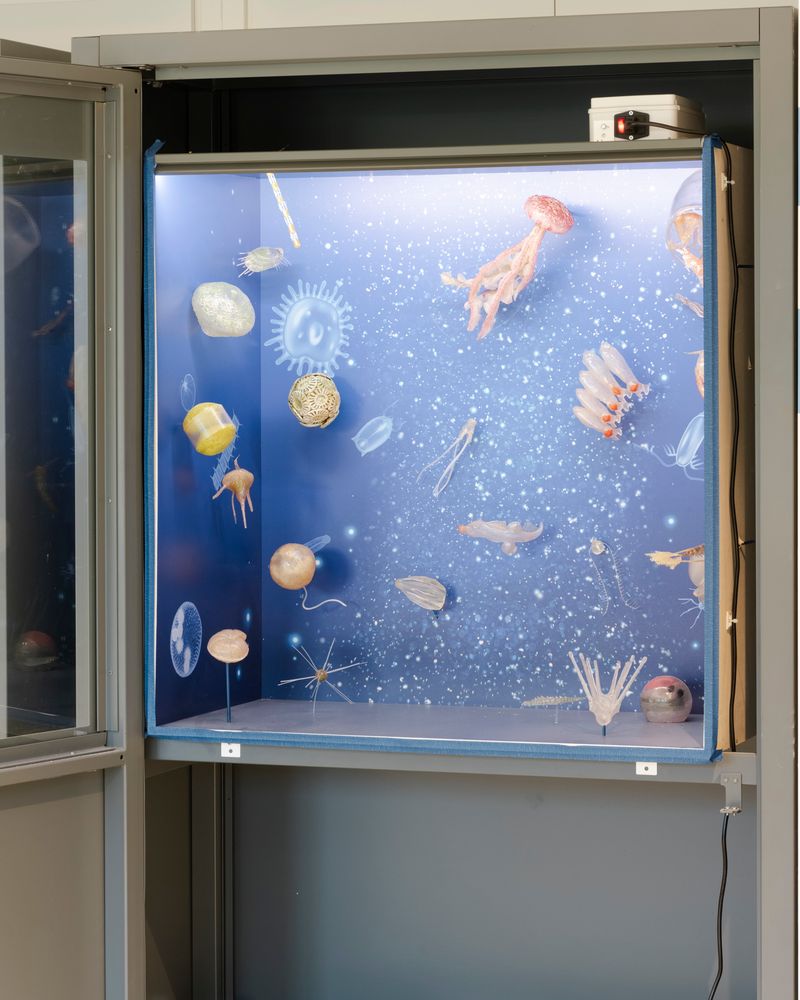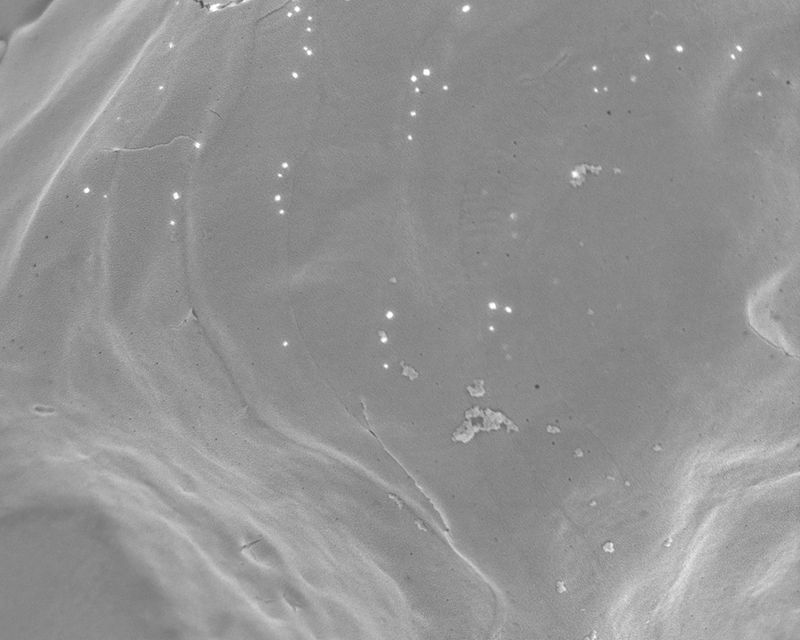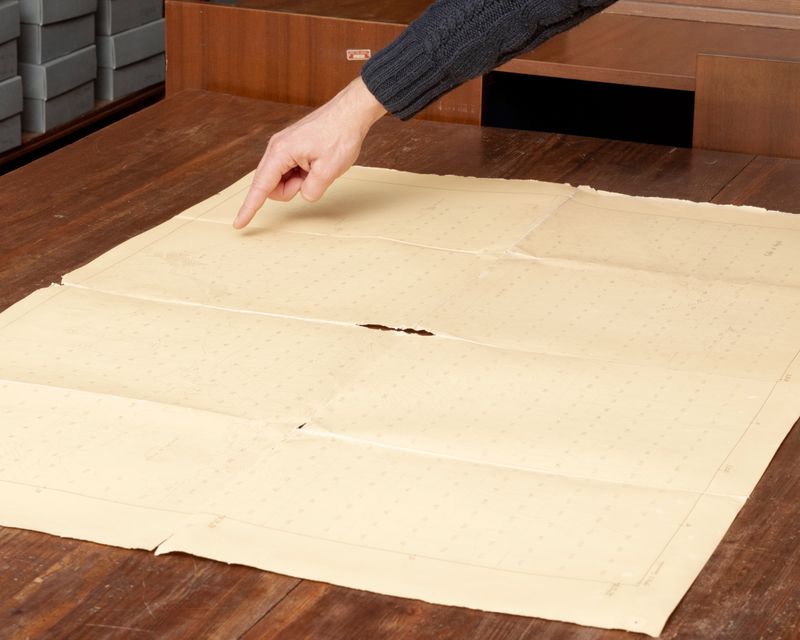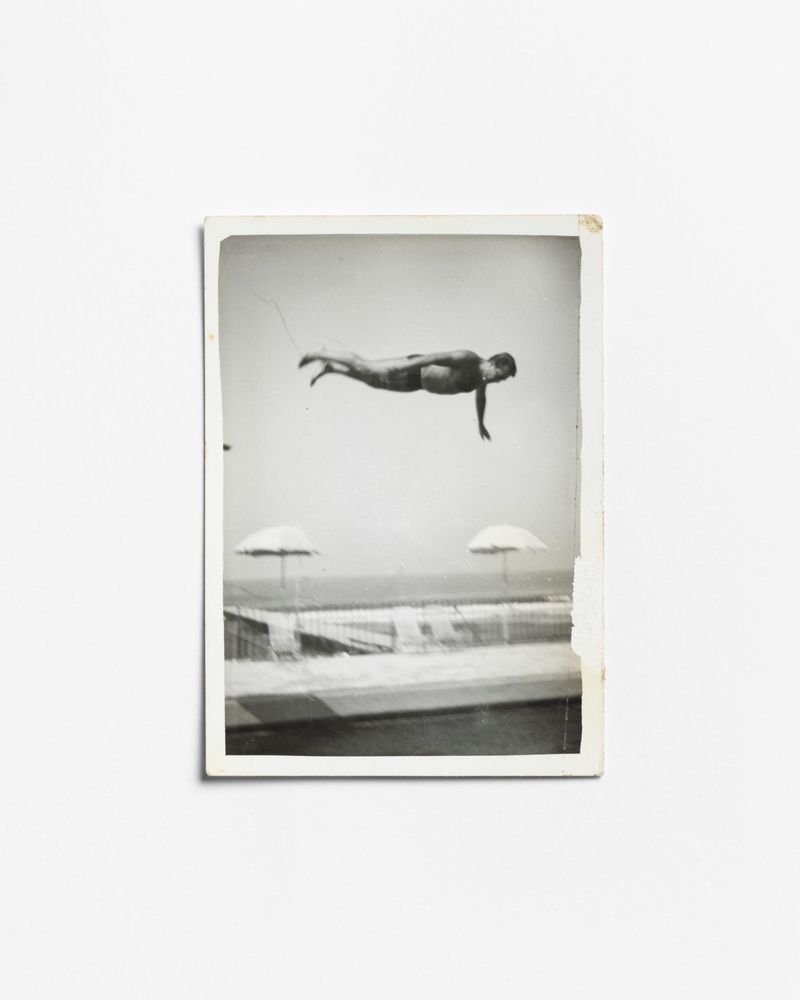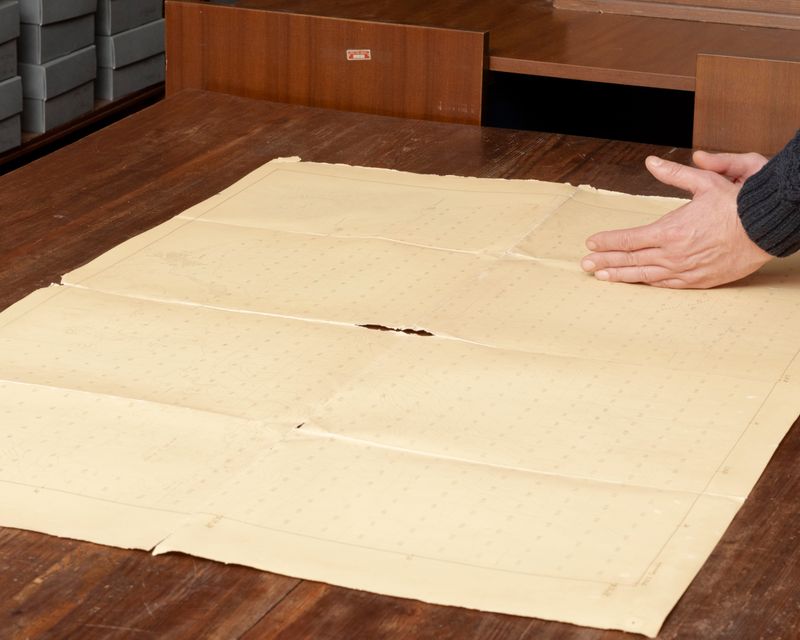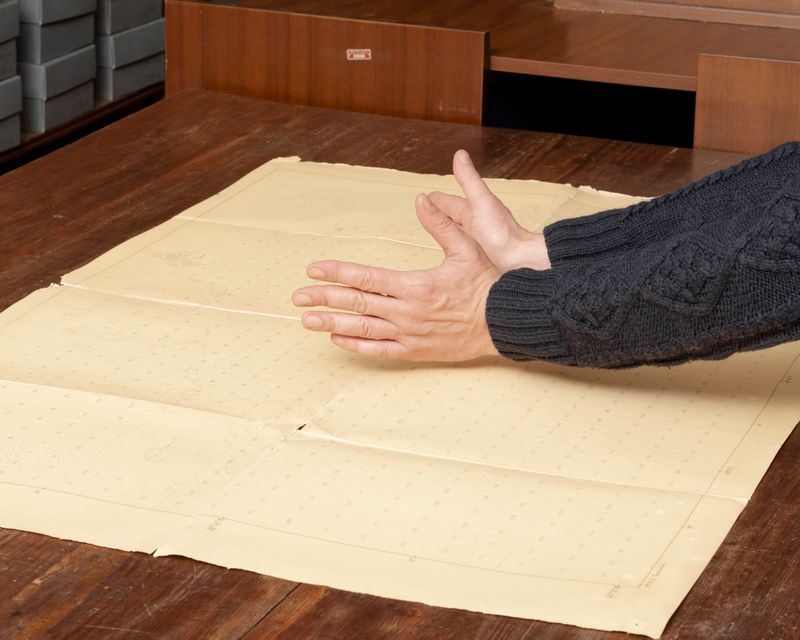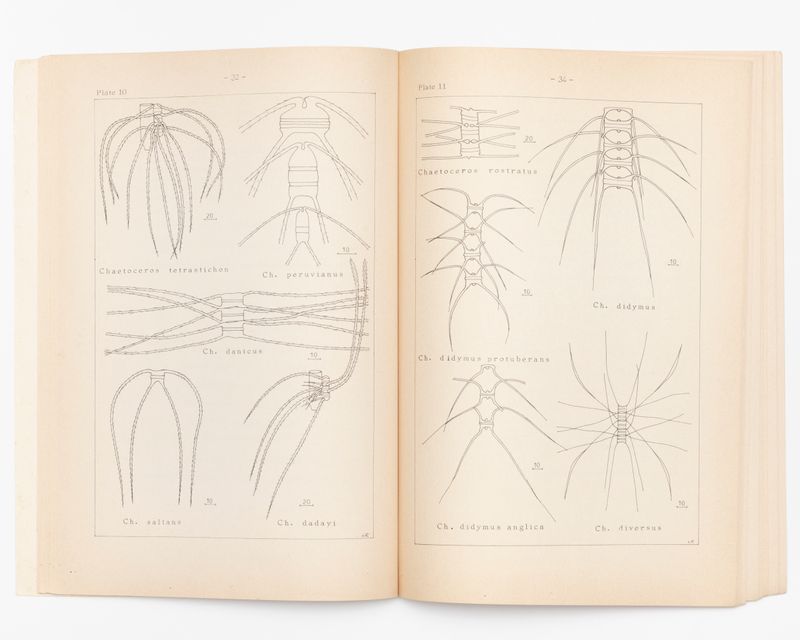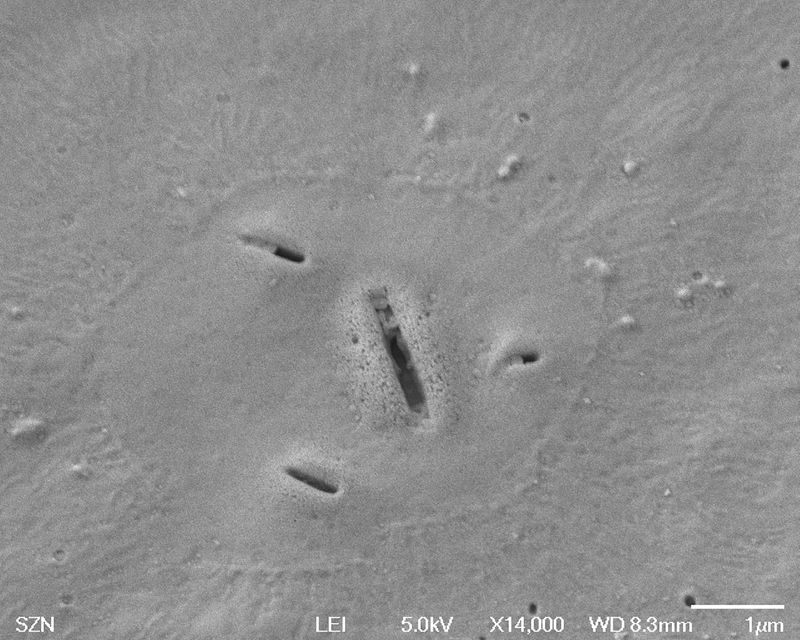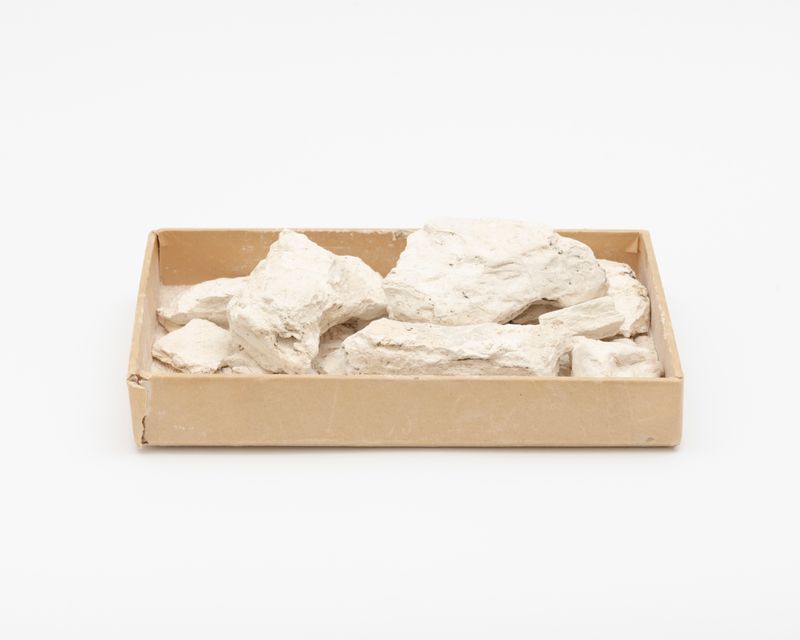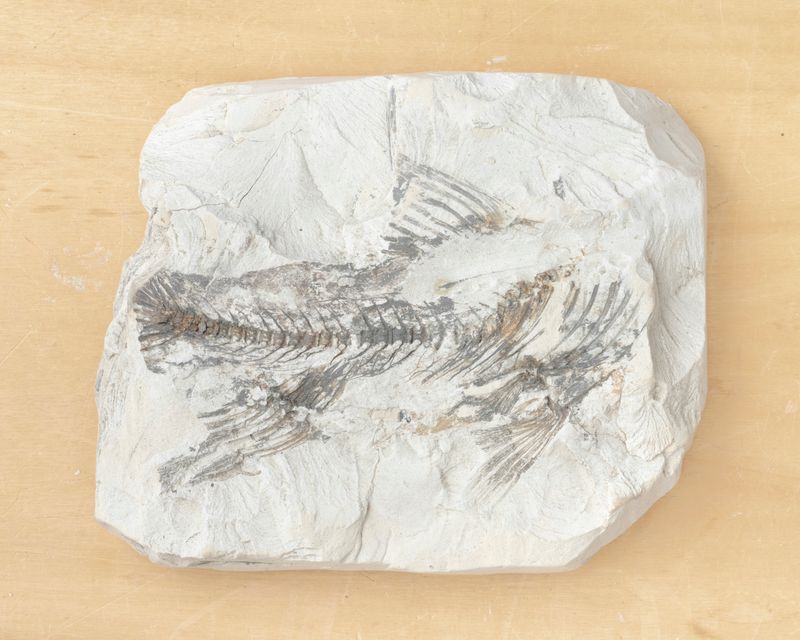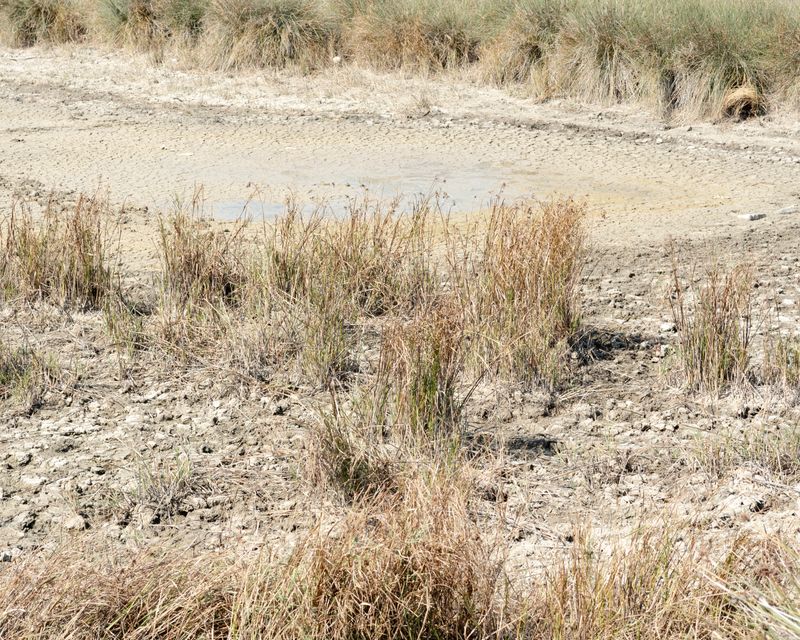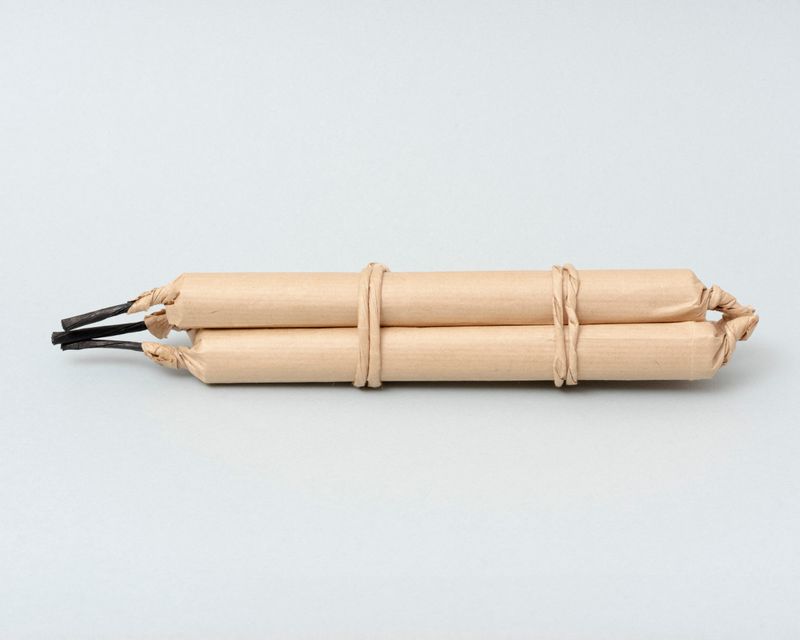Diatomaceous Earth
-
Dates2023 - 2024
-
Author
- Topics Archive, Contemporary Issues, Nature & Environment, Social Issues
- Locations Caserta, Pisa, Naples
Diatomaceous earth is a statement, a promise of kinship.
“Big Five” mass extinctions have taken place over the course of 540 million years, and caused a sudden subversion of biodiversity on Earth. Today we are actually living in the Sixth Extinction - the first caused by Homo sapiens - considered to be the most devastating extinction event since the asteroid impact that wiped out the dinosaurs.
For this reason it is an urgent call for us to take responsibility for the disastrous consequences of Anthropos’ domination over other species and ripositioning them as agents that count and co-construct thought. Reflecting on the concepts of “kin”, “care” and “mourning” becomes an urgent necessity in favor of a radical change of tendency that places multispecies justice at the center of the political agenda and the interdependence (or sympoiesis) seen as the ontological core of human subjectivity. Such a perspective opens a path to the statement that Diatomaceous Earth is a promise of kinship.
A feminist situated ethics, and situated politics of knowledge are the basis for rethinking what comes to matter. From the Land of Fires* to the Land of Diatoms, the project weaving scientific investigation from a critical feminist perspective to explore contact and proximity zones that bind the author to one of the Earth's companion species. The diatom, key figuration-protagonist of this effort, becomes a material-semiotic node. Through and with the diatom, we rethink human parenting beyond the logic of blood-genealogy-heredity hegemony, leading it back to a joyful practice of commoning, of co-becoming and future time of co-existence, more companionate forms of living and dying together.
*The expression ‘Lands of Fire’ refers to the land between the provinces of Naples and Caserta where the author was born, a sacrifice zone of capitalist accumulation (Iengo, 2023) constantly exposed to invisible but pervasive chemical contaminations. “From the Land of Fire to the Land of Diatoms” is a shift which should be understood as an affirmative and potentiating response.
